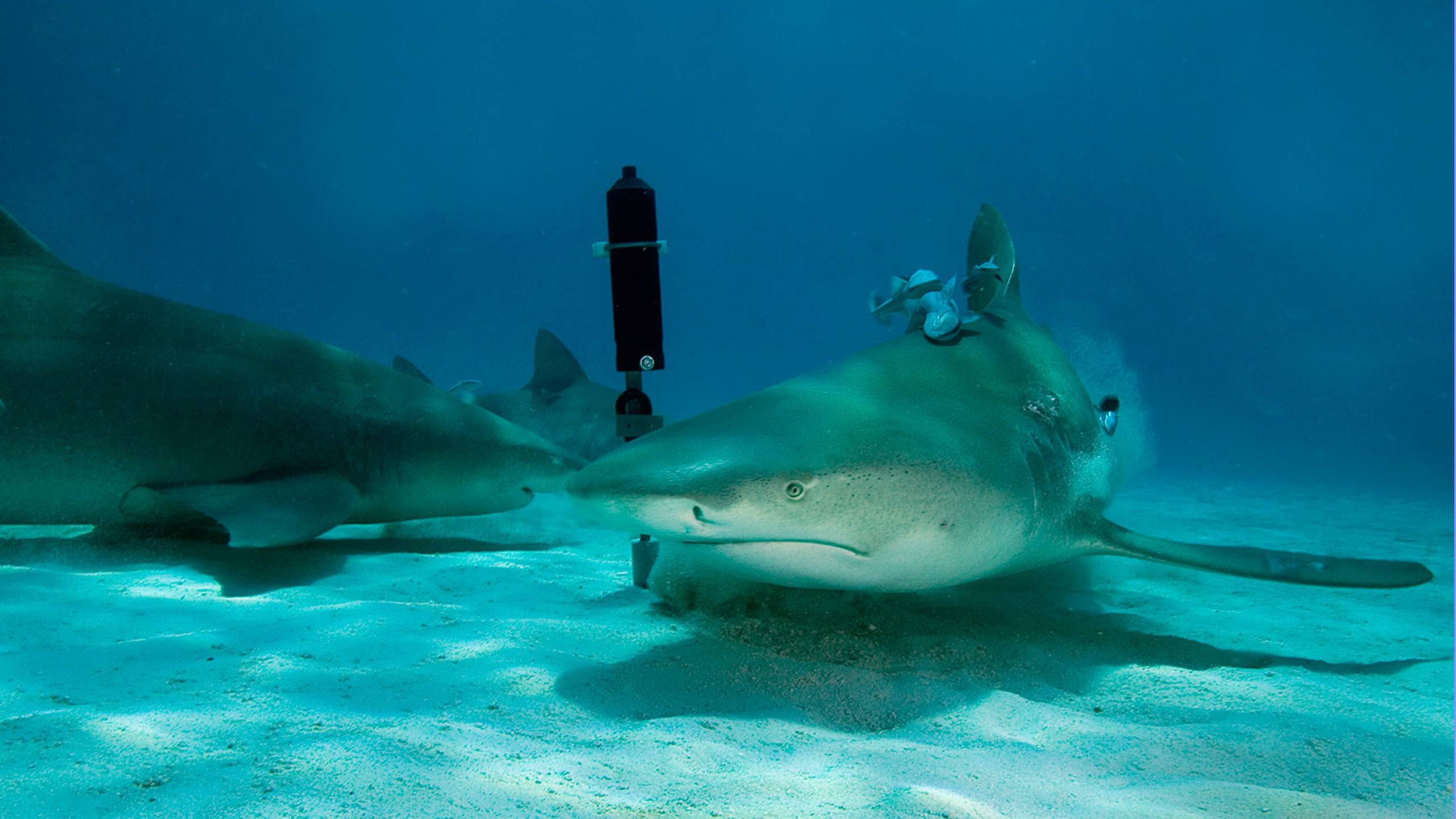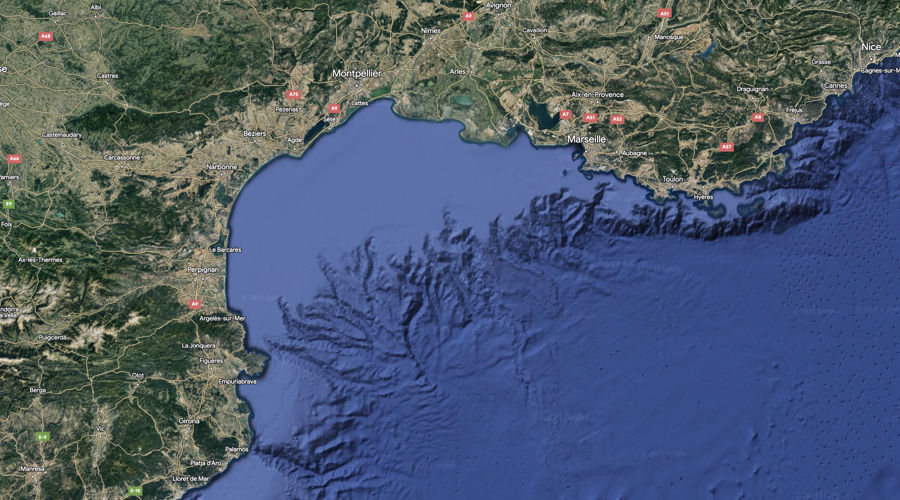In the Gulf of Lion, west of Toulon, France, a highly increased number of blackmouth catsharks was detected in the bycatch. The identification and appropriate protection of "essential" habitats in the Mediterranean Sea is one way to protect and conserve marine biodiversity. The project also gives an opportunity to study deep sea microplastics.
Gulf of Lion
Map © Google Earth
Background
Shark populations in the Mediterranean Sea have declined dramatically over the last 20 years due to overfishing and bycatch, and many species are endangered. The identification and appropriate protection of so-called "essential" habitats is one way to protect and conserve marine biodiversity. In these areas, marine creatures can breed, feed and spend protected adolescence time to adulthood. While these habitats are known for some large shark species such as hammerheads, bull sharks, lemon sharks or white and mako sharks, little is known about such habitats for deep sea sharks.
Blackmouth catsharks (Galeus melastomus) are deep-sea, egg-laying sharks widely distributed on the slopes of continental shelves in the Mediterranean Sea at depths of about 300 to 800 meters. They are frequently found in bycatch. Deepwater sharks are generally severely threatened by trawls and bottom trawls. Blackmouth catsharks, however, can counteract fishing pressure because they reach sexual maturity at a markedly early age for sharks and thus have higher reproduction rates.
Objectives
In the Gulf of Lion, west of Toulon, a highly increased number of blackmouth catsharks was detected in the bycatch compared to other regions. This suggests that the area is an "essential" habitat for this species. The aim of the project is to study this region in more physical detail, to analyze the mortality rate of the sharks on board and to learn more about their population structure. Since the Mediterranean is considered one of the most polluted seas, the stomach contents of captured sharks will be examined for microplastics and possibly harmful plastic additives.
The Foundation usually does not support research on shark species that are not considered endangered. Nevertheless, this project was approved because it may provide interesting information on the extent that microplastics and possibly toxic plastic additives are found at greater depths in the Mediterranean Sea.
Project Status
Data collection and analysis is ongoing.
Administrative Details
Project Status: in progress since 2022
Project leader: Ignasi Nuez, Msc, Submon, University of Barcelona, Spain
Funding since 2022: approx. CHF 5,100







